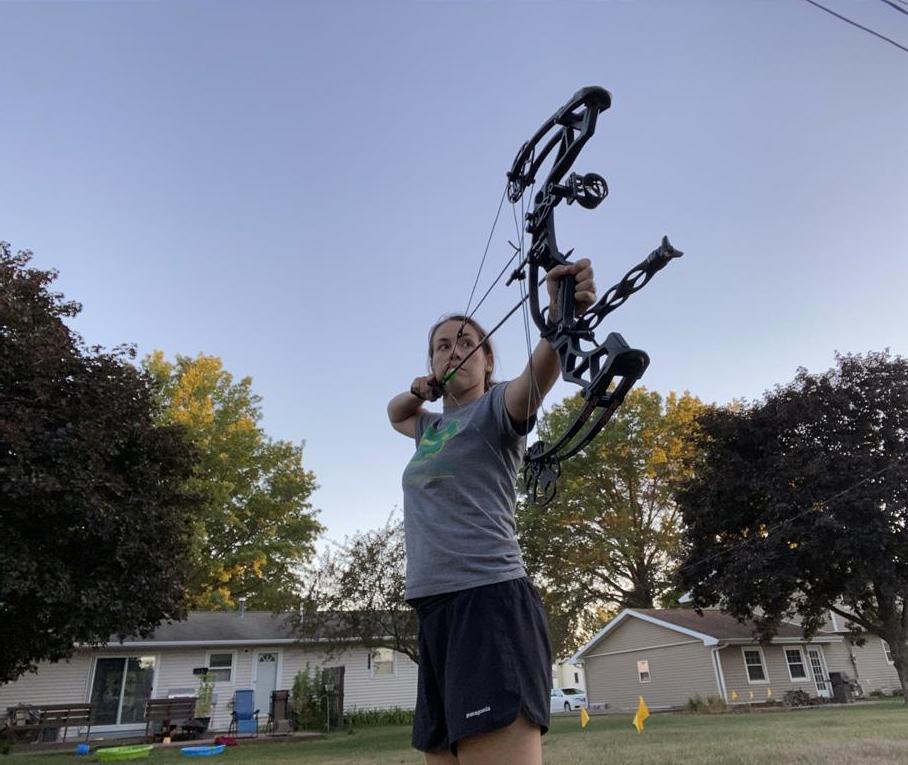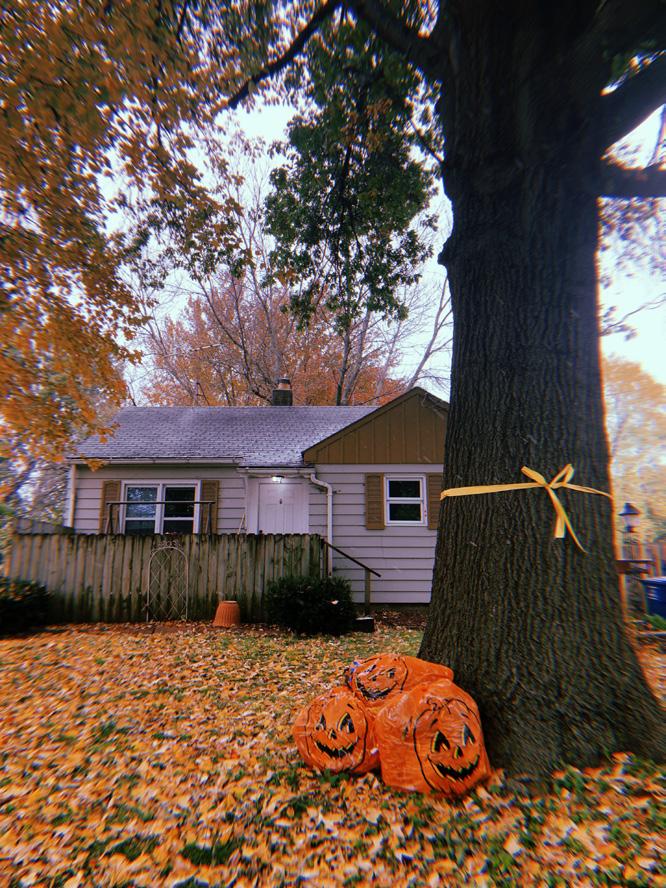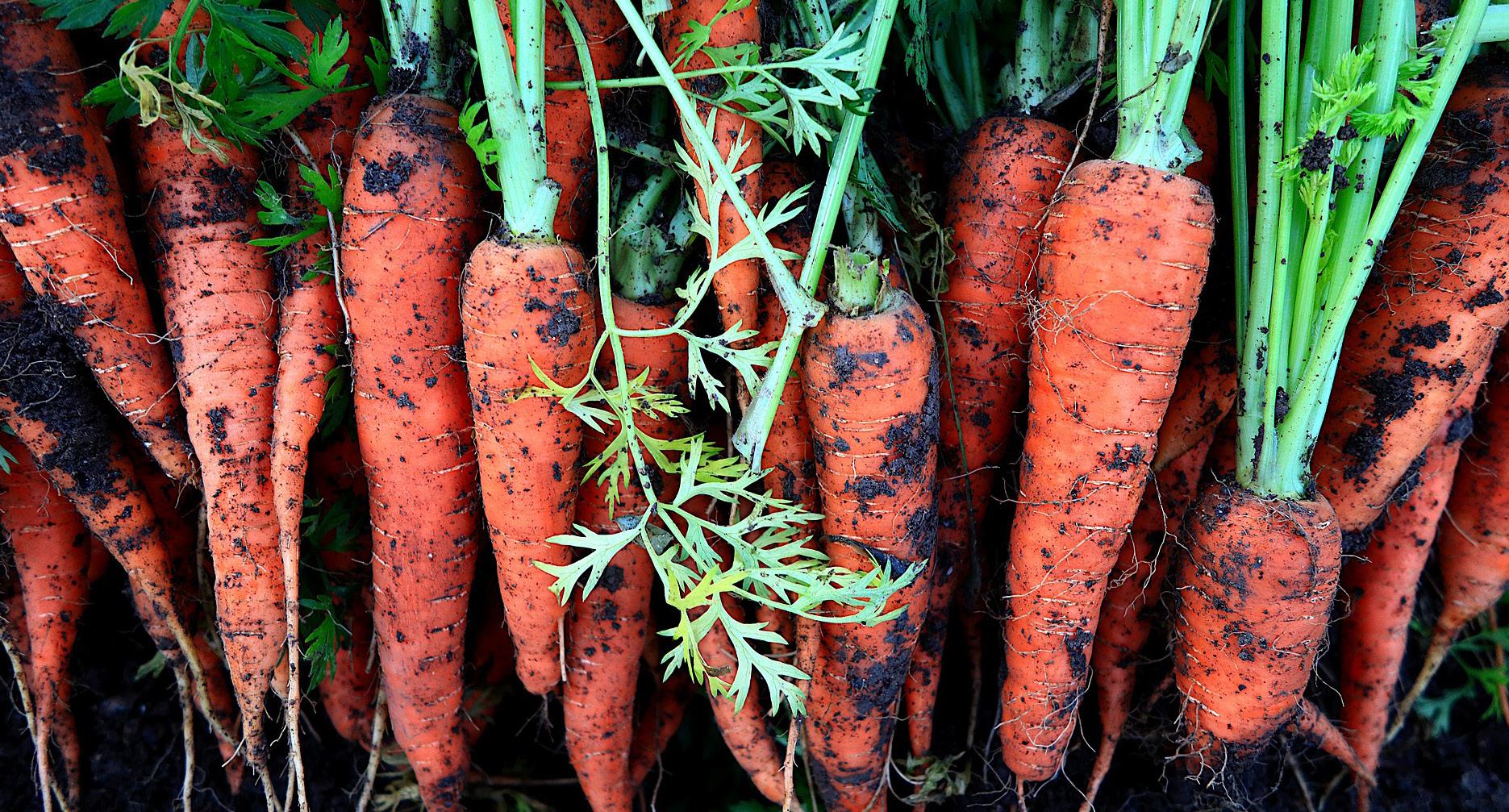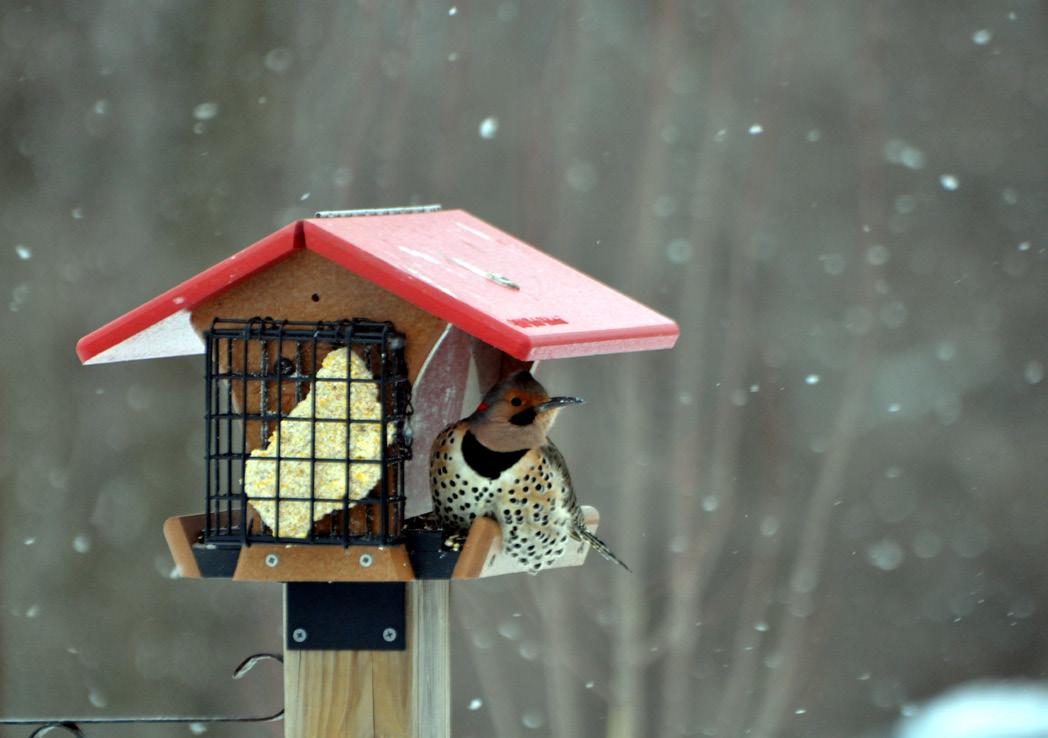
12 minute read
Updates & Stories
— THE LATEST — Timely and brief updates on ongoing projects
Advertisement
Travel is again possible on the former Ames to Kelly railroad line. The new off-road trail links the Tedesco Environmental Learning Corridor on the south side of Ames to the R38 roadside trail to Slater. Slater is a hub of paved, off-road trails: The Heart of Iowa Nature Trail, the High Trestle Trail, and the Ankeny Trail.
A private fundraising effort is helping to further enhance the newly opened Tedesco Environmental Learning Corridor Connector Trail. This public/private partnership will boost the corridor’s value for people and wildlife alike. The corridor will be enhanced over time as native plants take root, habitat becomes established, and wildlife flourishes. Benches, bird houses, and interpretive signs will also be added. The trail enhancements are expected to cost about $32,000. Find out more about this effort on our website or search for Tedesco Connector Trail Enhancements on GoFundMe.
McFarland Park
The park saw some changes this last fall! New trail markers make it easier to navigate through the park, goats did some great work at knocking back invasive species and thick understory along the Touch-A-Life Trail, park users can enjoy a new water fountain/water bottle filling station. We began the process of creating a watershed management plan for McFarland Lake, which is the first step in working towards lake restoration Hunter Simmons efforts. Visit our website for more information about how we plan to tackle the challenges the lake faces. While the conservation center has been closed to the public, environmental education displays have been revamped and new LED lights were installed in the lobby Grew up and multi-purpose hunting with room. his dad
Served in the
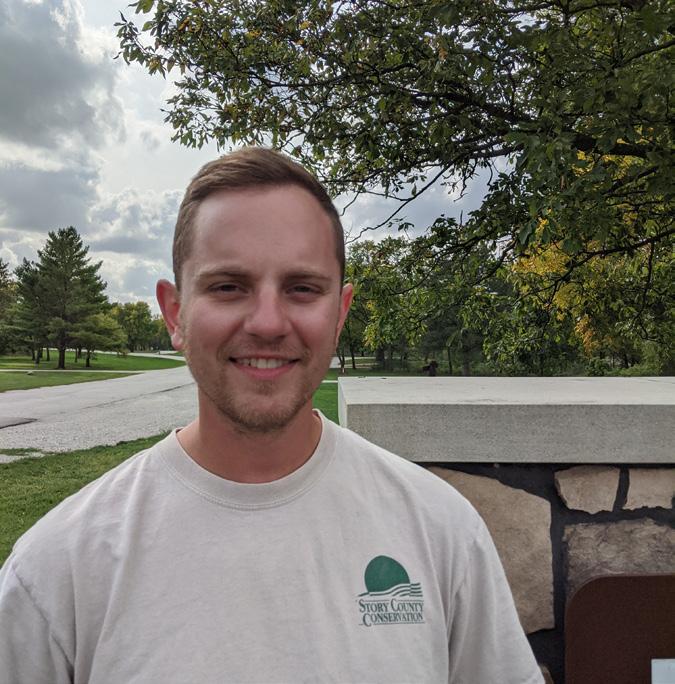
Savors time with his family
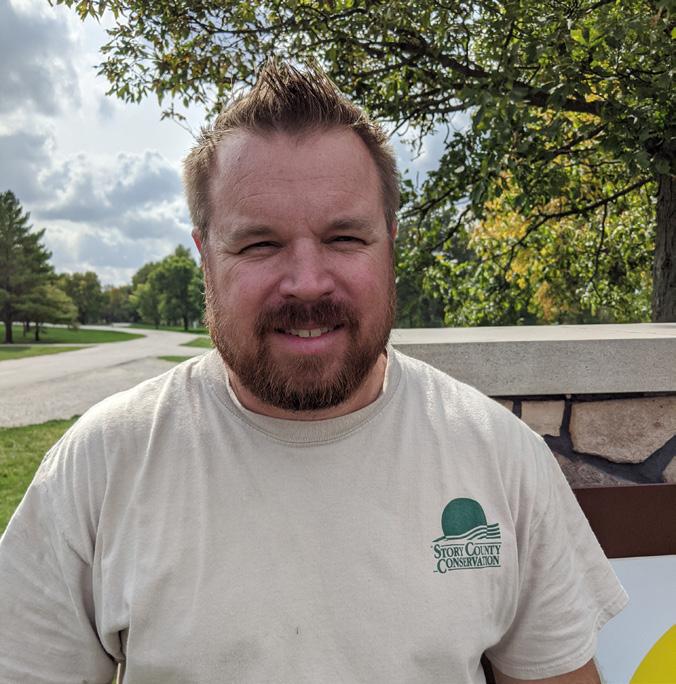
Retired from the US Air Force
Likes to do woodworking Marine Corps Reserves Enjoys cooking and rock wall climbing
Welcome our two new Conservation Technicians! They will be based at Hickory Grove Park.

The Iowa Natural Heritage Foundation (INHF) is a vital partner to Story County Conservation. INHF is a statewide nonprofit conservation organization that strives to protect and restore Iowa’s land, water and wildlife. Over 180,000 acres of land have been protected statewide since 1979. INHF assists with and performs land protection and restoration efforts on both public and private properties. They spend a great deal of effort equipping citizens to advocate for the natural resources and outdoor recreation opportunities they love. INHF is invaluable to our land protection projects in particular, as they’ve assisted with the permanent protection of many SCC properties. As a nonprofit, INHF is also able to accept donations of land and facilitate bargain sales, as well as help landowners receive tax benefits for these gifts. If a donor wishes for their land to become a park or wildlife area, INHF can transfer ownership to the County, making it easier for public agencies to afford new public land. INHF also partners with private landowners on conservation easements, a legal agreement that permanently protects natural and agricultural land from development and other threats. Land protected by conservation easements exists in Story County and in many counties across the state. This land can buffer parks and provide permanent wildlife habitat on private land.
Story County Conservation is very thankful for our partnership with INHF. Most of our land acquisition projects would not be possible without them.
We are also pleased to announce that INHF is currently working to fundraise for the acquisition of a new public property in Story County -- 120 acres adjacent to McFarland Park, previously owned by Robert and Carol Deppe. Stay tuned for more information as a site plan develops! More than 277 native species protected on one property alone
Properties INHF has helped provide for Story County:
Carroll Prairie Colo Bogs Dakins Lake Doolittle Prairie State Preserve Addition Heart of Iowa Nature Trail Hertz Family Woods and Nature Preserve Jennett Heritage Area Jim Ketelsen Greenwing Marsh Leopold Woods Ronald “Dick” Jordan Family Wildlife Area Robison Wildlife Acres Sleepy Hollow Access Addition Story County Conservation Center Wicks Wildlife Area
Over 1,500 acres of wildlife area protected, creating more space for wild exploration
and recreation
45 miles of trails which promote physical and mental wellbeing
Unlikely
from novices to hunters in three months
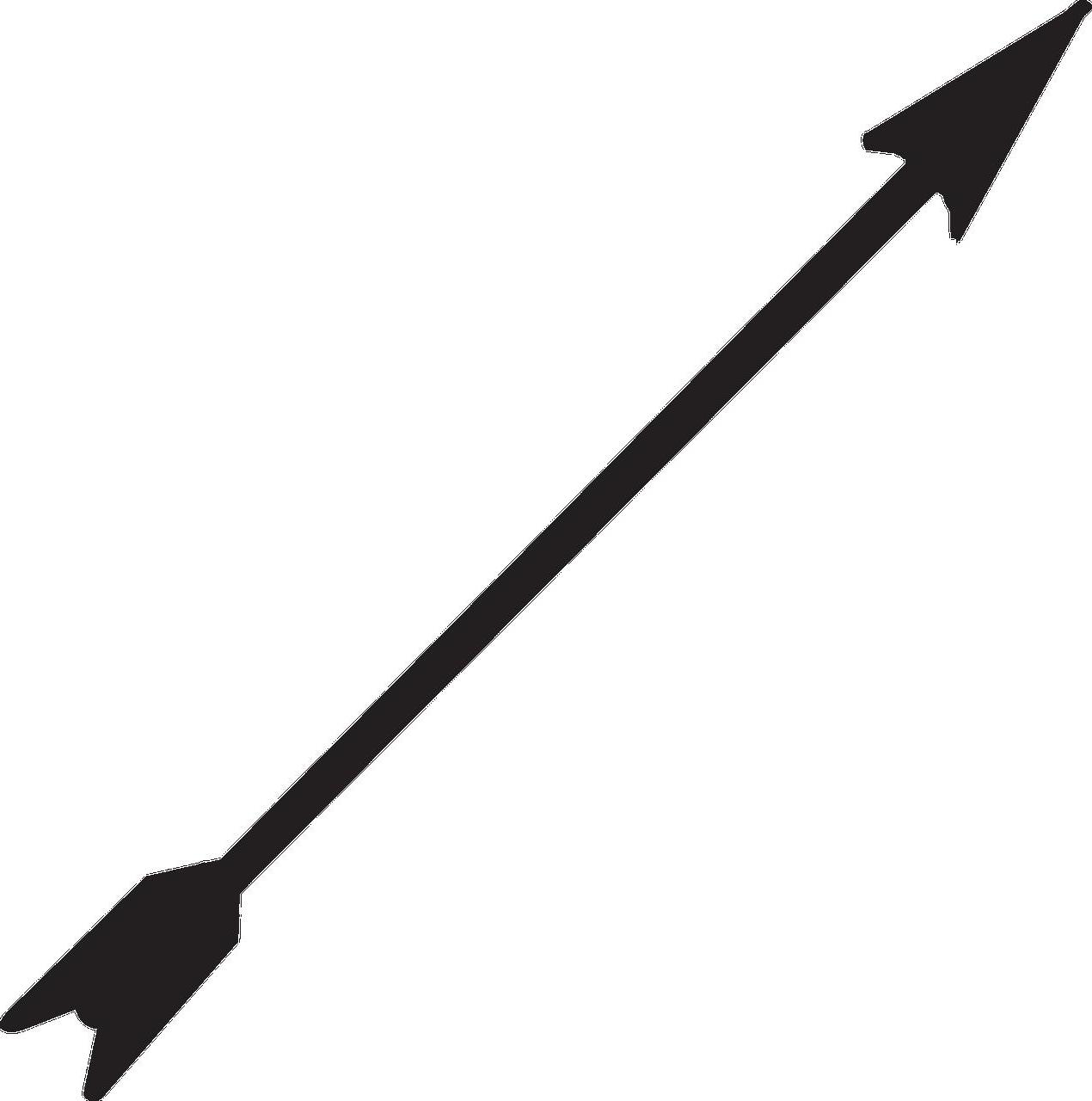
Many people think Iowa and hunting go hand in hand. Certainly, in many places across the state this is the case. However, since the late 1980s, there has been a steady decline in hunting participation both in Iowa and across the nation.
Hunting, trapping, and fishing license sales provide valuable funding each year for conservation and habitat restoration. Additionally, hunter, trapper, angler, and recreational shooter expenditures generate billions of dollars annually for the national economy and support hundreds of thousands of jobs. Iowa has 253,000 hunters who generate $405 million annually. While hunters, trappers, and anglers paved the way for conservation and have provided core funding for many years, declining participation means funding from these individuals alone is no longer sufficient to fund wildlife conservation. The customer base and conservation revenue sources have to be diversified.
With this in mind many state agencies like Iowa DNR are creating programs that break the mold of traditional white, middle-aged male hunters. They’re working to engage young adults who live and work in more urbanized centers that come from various cultures, ethnicities, and backgrounds. These programs are able to draw more diverse audiences because of the emphasis they place on sustenance, the original and pre-historic purpose of hunting.
The stars aligned just right this passed summer for two female staff in SCC’s Environmental Education unit to sign up for one of those programs. With each other’s support, they registered for “Field to Fork,” a program designed to provide a hands-on learning experience to adults interested in bowhunting, butchering, and cooking venison (deer). For a fraction of the cost of diving headfirst into bowhunting on their own, participants receive course supplies and a loaner compound bow. They get paired with an experienced The Hoyt Klash arrives in early July! mentor who guides them through all the intricacies of their first bowhunting season. The big picture goal? To provide a safe learning space that builds community and crafts lifelong hunters. If Beth and Erica were ever going to step way out of their comfort zones and make the leap into hunting, this was their chance.
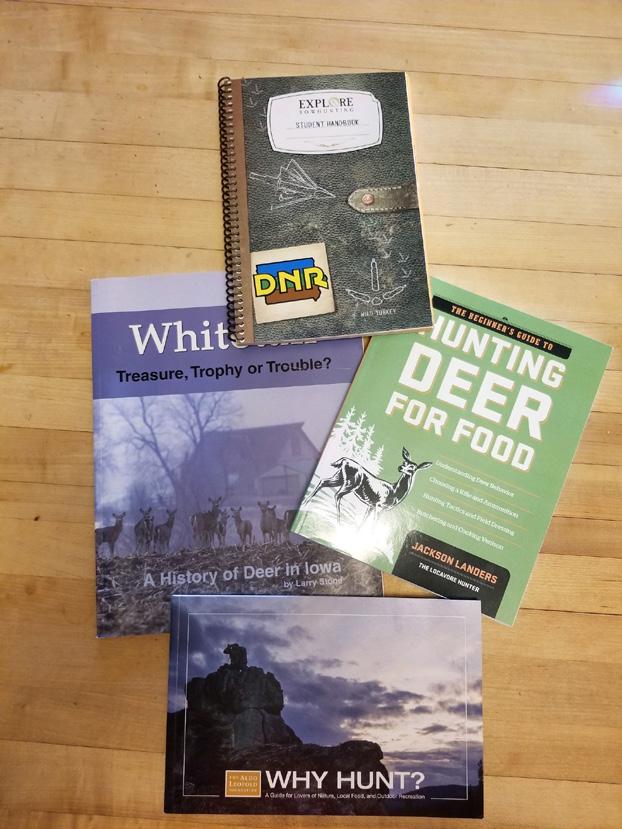
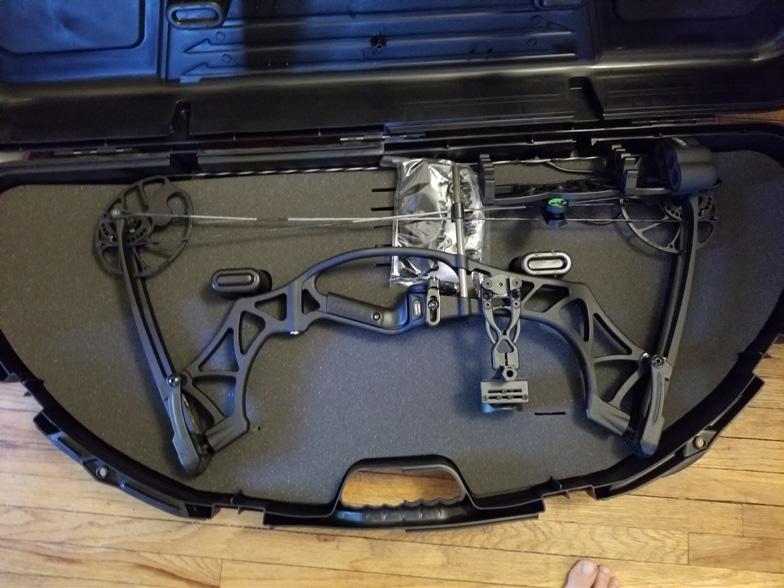
You work in the conservation field... shouldn’t you be hunters already?
Erica: I grew up in urban areas and had relatively little exposure to hunting until high school. My classmates were driven mainly by large antlers and bragging rights with seemingly little regard for the actual lives they were taking, which put a bad enough taste in my mouth to write off hunting altogether. Many years later when I started feeling compelled to harvest my own food, I felt too much like an outsider to know how to get started. Having no experience and not knowing where to start felt like a pretty big barrier.
Beth: I did not grow up in a hunting family; neither my parents nor my grandparents hunted, so it wasn’t ingrained in my family’s culture. It had never crossed my mind as something I could do, until Erica brought the Field to Fork program to my attention.
Chickens not included with free target
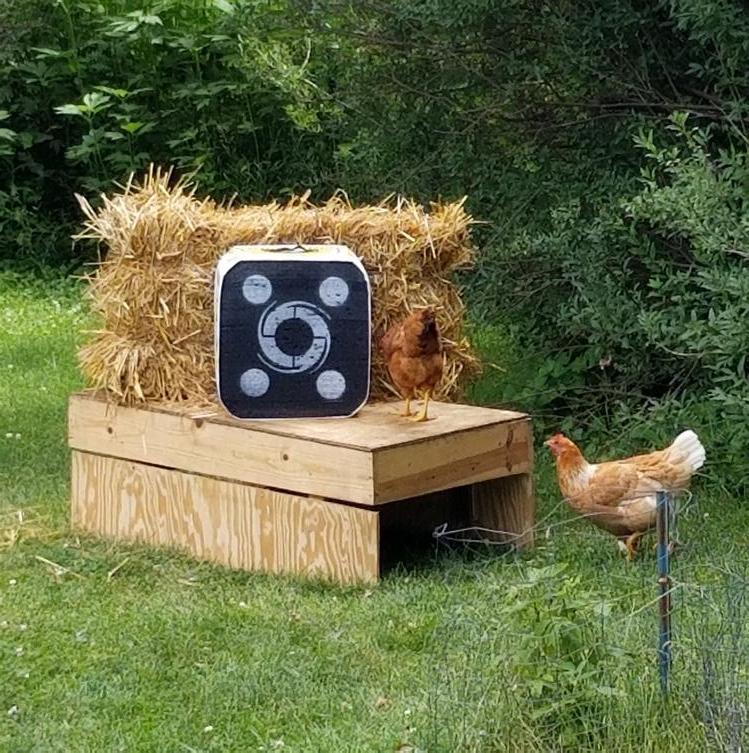
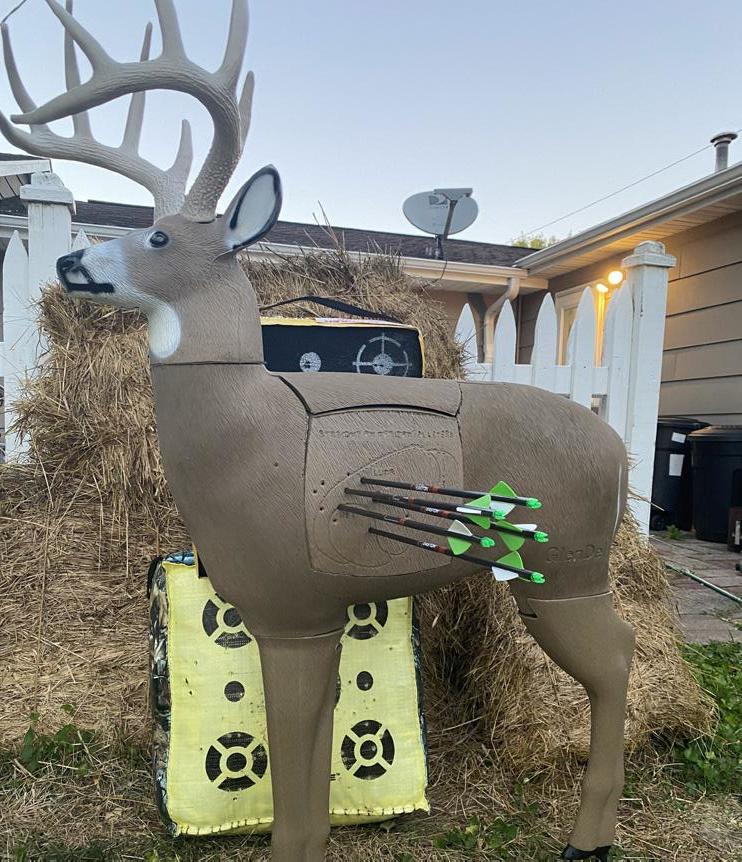
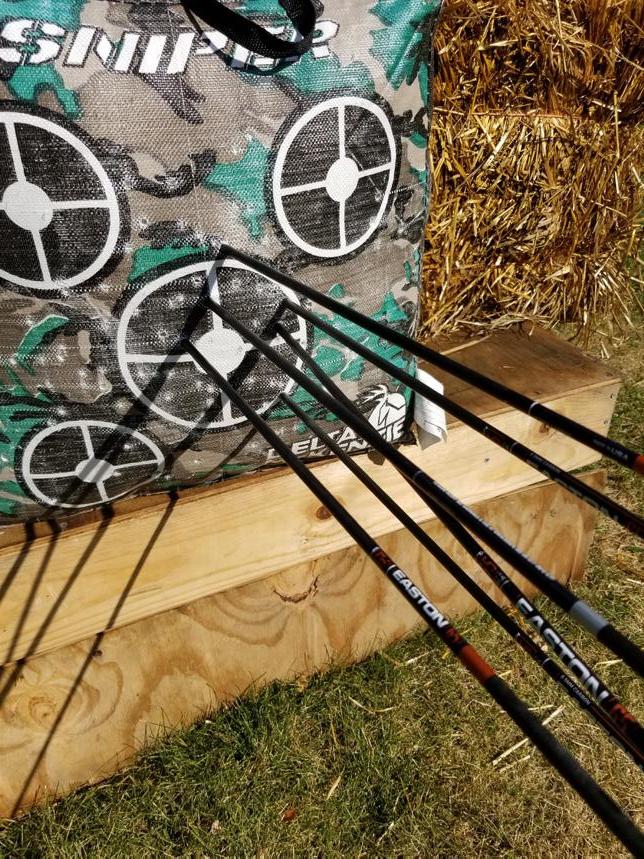
Why now? What are your motivators? What has been exciting? Any fears or
Erica: Several years ago, I was invited to an outdoor uncertainties? recreation workshop called the R3 Summit. R3 refers Erica: It has been amazing to get connected with to the national movement of recruitment, retention, mentors and learn alongside other beginners. I highly and reactivation of hunters, anglers, and recreational recommend recruiting someone to take this journey with shooters. At the time, I wasn’t receptive to becoming you so you can share all your little victories, epiphanies, a more consumptive user of natural resources. I was and confusions. Attempting new, scary things takes already moving towards a mostly vegetarian lifestyle, vulnerability, and and repeatedly insisted at the workshop that “I would watching my progress never consider becoming a hunter.” But, a friend I made has helped me gain there kept the conversation going, kept inviting me to confidence. But I’m still learn more, kept being a kind and patient listener… and left wondering, after I here we are! I guess all it takes is planting a seed? I’m get situated in a tree choosing to do this now with all my gear and an because while I can absolutely opportunity presents get adequate nutrition with itself, can I actually my current vegetarian diet, follow through with sometimes it means sourcing this and take an my food from far away. animal’s life? Or That jar of chickpeas took worse, can I handle resources to grow, process, it if I make a bad ship, and sell. If I instead shift my focus to eating shot and cause a lot of suffering? I’m September 2, 20 yds more locally, I can reduce pretty worried about that. my impact on the earth, But, I also know that I don’t have to take any shots I’m have a connection with not comfortable with or if it just doesn’t feel right in that my food, and feel good moment. about the life it lived and (hopefully) about the way it died. I already make personal contributions to Erica getting sighted in at JAX Beth: Learning something new! I have shot a bow in the past but never with the intent of killing an animal and never with a bow as technical as the one I am using. The the protection of natural resources through donations progress in my ability to hit a target where I want to has of money and time, but this is another way I can be an also been exciting and confidence-building. I also enjoy active participant in protecting the wild things and places seeing my son get excited about
I love. shooting a bow and potentially being able to hunt with him and
Beth: My main motivation was that it pass down my land ethic. But tree is something new to learn and focus stands! I am scared to death of on and take my mind off of all of the using one. I am also excited but changes in every other part of my life. at this point more scared. In this
I have two children, and due to the program we will be “trained” in pandemic, we haven’t had any activities using them and all of the safety taking up our evenings. The fact that I procedures, but right now it is my would actually have the time to put into big hang-up. I am also unsure of this program was also a big motivator. My how I will react if I do harvest a final motivation is to provide meat for my deer and have to clean it. I am family. I am not out for a trophy buck, I just not an overly squeamish person, want to provide an ethical, local source of but this takes things to the meat for my family. September 5, 20 yds next level. And, until I have a
9
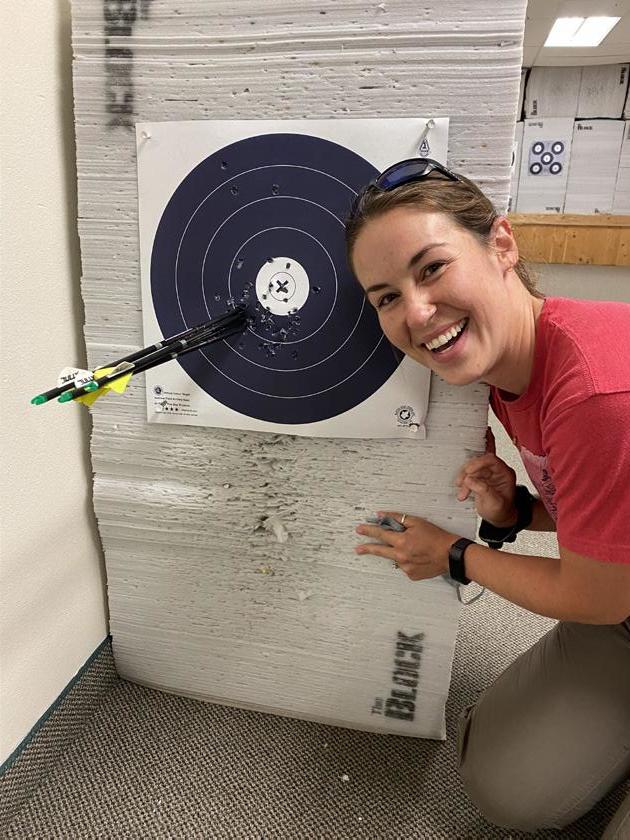
deer in my sight, I don’t know if I will actually be able to shoot one. I think I will be able to, but it isn’t something I can “practice.” Shooting at a target that is not a living, breathing animal is a lot different than shooting at an actual deer.
Do you see yourself becoming a lifelong hunter?
Erica: Whether I pick this up as a lifelong practice rests entirely on what happens in the next couple of months. I’m keeping my fingers crossed for either clean kills or clean misses because I think this first hunting experience will make or break this. I really appreciate that this program has allowed me to experiment with bowhunting with minimal upfront costs. If it’s not for me, I won’t be out much.
Beth: I honestly don’t know. This year has been unlike any other in the aspect of having time, as well as many other things. In subsequent years, time to practice and actually hunt might be at a minimum. If I don’t have the time to put into practicing, I most definitely will not hunt. You can’t ensure a quick, ethical kill even when you have become proficient in your practice, so the odds must go down greatly the less you practice. My goal will always be to have the animal suffer the least amount possible, and if I am not confident that I can make this happen, I will not hunt.
What do you hope to take away from this experience?
Erica: I’ve already learned so much. Obviously I hope to harvest a deer, but I know I’ll at least be a more confident and capable human being for having tried. And I’ll have gained an even greater respect for all the ethical hunters out there.
Beth: My end goal is hopefully meat in the freezer but also the confidence in knowing that I made it through this program and have the knowledge and ability to hunt and provide meat for my family. Other hunters have talked about sitting in the tree stand as the forest wakes up, and it sounds amazing! I hope to have a few of those moments as well throughout the hunting season. Bowhunting season will have begun by the time this newsletter reaches you. We know our perspective might be different than your own, but we wanted to share our stories in case it helps recruit, retain, or reactivate someone else as a hunter. Sometimes it’s hard to feel welcome if we don’t see others who look like us already participating. While there’s a lot of work left to do when it comes to making hunting and other types of outdoor recreation feel accessible and welcoming to everyone, there are pockets of hope! Though about only 5% of Iowa bowhunters are female, that number is on the rise. We’re pretty excited to be part of that trend.
Proportion of Iowa bowhunters who are female Figure from Iowa DNR
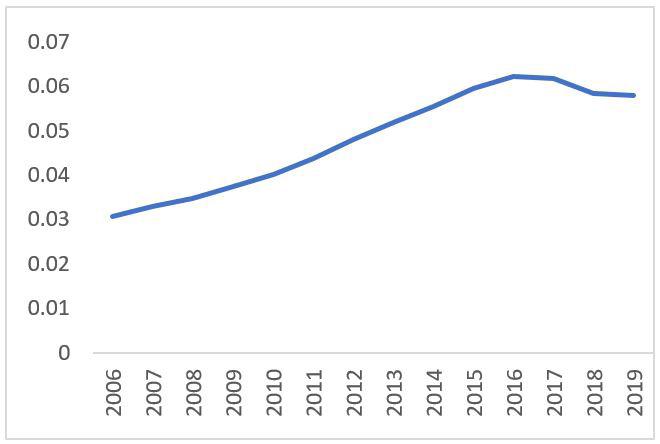
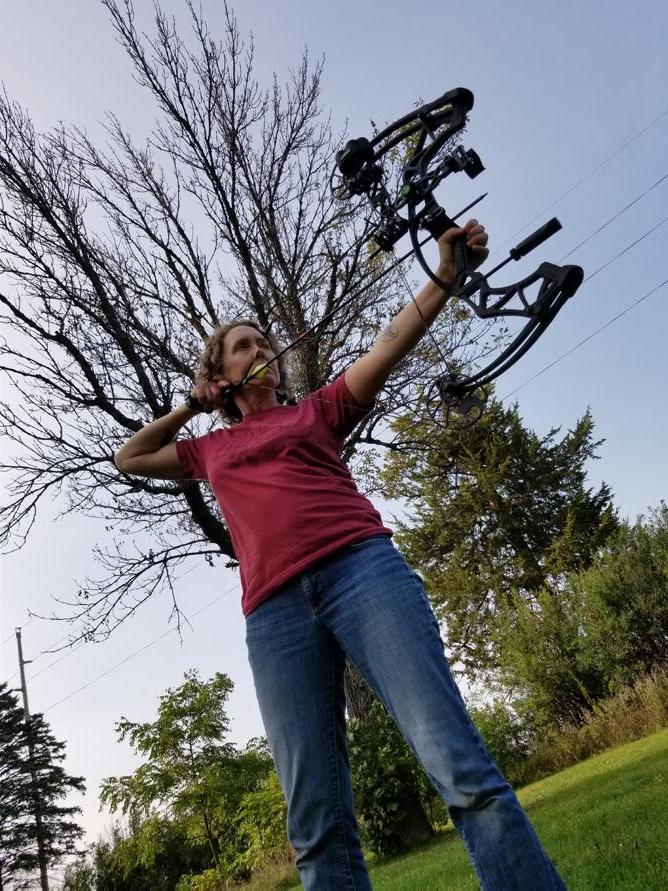
We have been compiling photos and videos chronicling our experience and plan to put together a compilation for SCC’s YouTube channel. Maybe one of us will harvest our first deer, but this fall and winter will be memorable regardless. Follow us to see how the season ends, and wish us luck!
